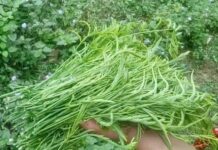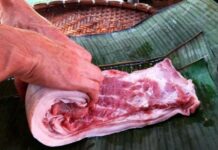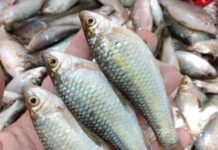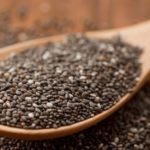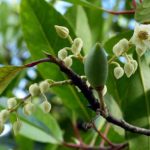Fig leaves are known as an aromatic herb that enhances the flavor of dishes such as fermented pork rolls, fish salads, and other traditional Vietnamese dishes. They have the ability to reduce feelings of fullness, reduce fishy smells, and soften the sour taste in food. However, the benefits of fig leaves do not end there.
What are the uses of fig leaves?
According to Dr. Nguyen Thuy Trang from Vinmec Sao Phuong Dong Traditional Medicine Center, from the perspective of oriental medicine, fig leaves have warts, which are valued more highly than regular leaves. They are believed to have the ability to treat liver problems, reduce headaches, and are used as a tonic for those who are recovering from illness…
The bumps on fig leaves are the result of the parasitic species P.syllidae; although they have left the leaves long ago and no longer leave eggs or larvae in the warts as they grow. These warts only appear on young leaves that develop from new buds. Therefore, Dr. Trang recommends that if someone wants to enjoy fig leaves, they can confidently choose leaves with warts to use.
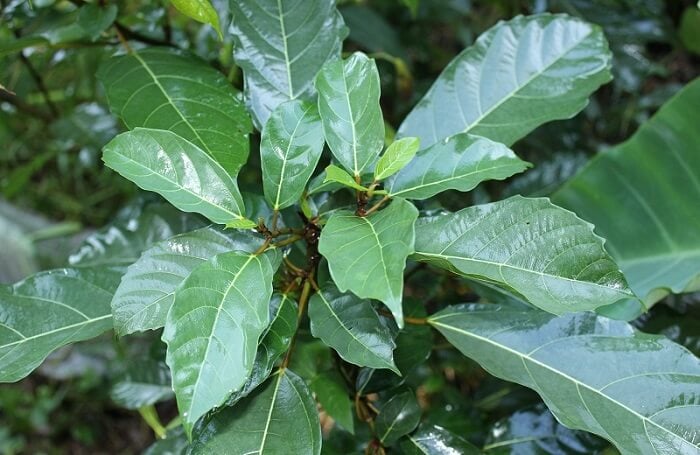
Fig leaves have warts, valued higher than regular leaves
What are the uses of fig leaves in oriental medicine? Fig leaves are considered to be cooling, with a slightly sweet flavor mixed with a tart taste, and they are believed to have the ability to support blood circulation, reduce pain, promote urination, reduce inflammation, dissolve phlegm, fight bacteria, and replenish blood. In folk medicine, fig leaves are also used to treat numbness and stimulate milk production.
According to recommendations from the World Health Organization (WHO), fig leaves can be used as a supportive method in the treatment of diabetes due to their ability to reduce glucose levels. A small-scale study conducted in 1998 showed that active ingredients extracted from fig leaves could help reduce blood sugar levels after eating in participants, and thus the amount of insulin they needed was also reduced.
Laboratory experiments have shown that the leaves and sap of the fig tree have the ability to fight the growth of cancer cells, including colon cancer, breast cancer, cervical cancer, and liver cancer in humans. At the same time, fig leaves have also been noted to have a positive effect on improving blood pressure and reducing lipid levels in the body.
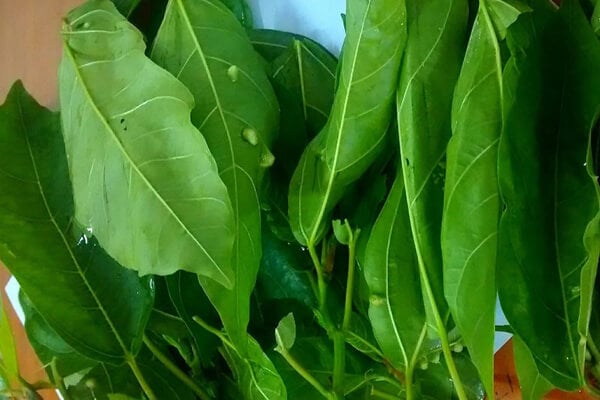
The sap of the fig tree has the ability to fight the growth of cancer cells
Medicines from fig leaves
In an article, physician Hoai Vu introduced some methods of using fig leaves to make medicine:
– To stimulate milk production: Use 100g of fig leaves (the type with thorns), 1 leg of pig, 50g of young jackfruit, 50g of young papaya, 10g of pine nut, 5g of coriander seeds, and 100g of sticky rice to cook porridge. Eat twice a day, continuously for three days.
– How to cure red bumps that appear on the back and chest with pain and fever: Take 40g of fig leaves, Chinese foxglove, bloodwort, and Achyranthes, 20g each, finely chop and boil the water to drink twice a day.
– Treat hot liver and jaundice: Use 30g of fig leaves, 30g of Desmodium intortum, 20g of red sage, 50g of Gotu kola, 20g of Ipomoea to boil in water during the day like tea.
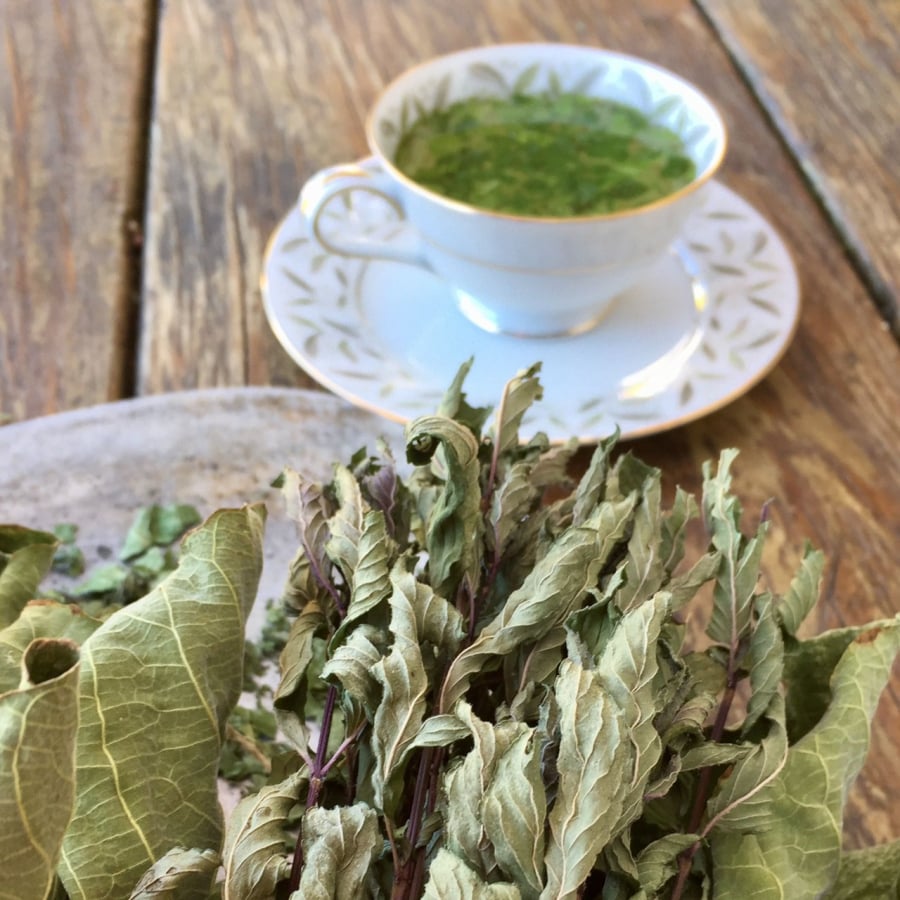
Fig leaves are an ingredient in many medicines
– Method to reduce fever, treat flu: Mix 16g of fig leaves, 16g of lemon leaves, 16g of turmeric, 6g of garlic into concentrated water to drink. If you sweat a lot, drink cold water; otherwise, drink hot and cover yourself to sweat.
– Treatment of sprains and dislocations: Finely grind fig leaves, guava leaves, passion flower leaves, Wedelia chinensis leaves, and Polygonum aviculare leaves, mix with wine and apply to the painful area.
– For acne on the face: Use boiling water from fig leaves to steam and wash your face every day.
Fig leaves are also used as a tonic for people who are weak after illness, lack of appetite, and insomnia: 200g of fig leaves, along with yam, lotus seeds, codonopsis pilosula, rehmannia, fo-ti, hawthorn seeds, and mugwort, each 100g. The fig leaves are dried in the shade and ground into powder. The yam is cooked, roasted, and ground into powder.
Rehmannia is soaked in ginger water, roasted and ground finely. Fresh mugwort is cooked to extract concentrated water. Fo-ti is soaked in black bean water, roasted and ground into powder. Hawthorn seeds are roasted black and ground into powder. Lotus seeds and codonopsis pilosula are dried and powdered.
Mix all the ingredients with honey to form corn-sized pills, then dry them. Adults take 18 pills at a time, children take 2-6 pills depending on age, twice a day.
















